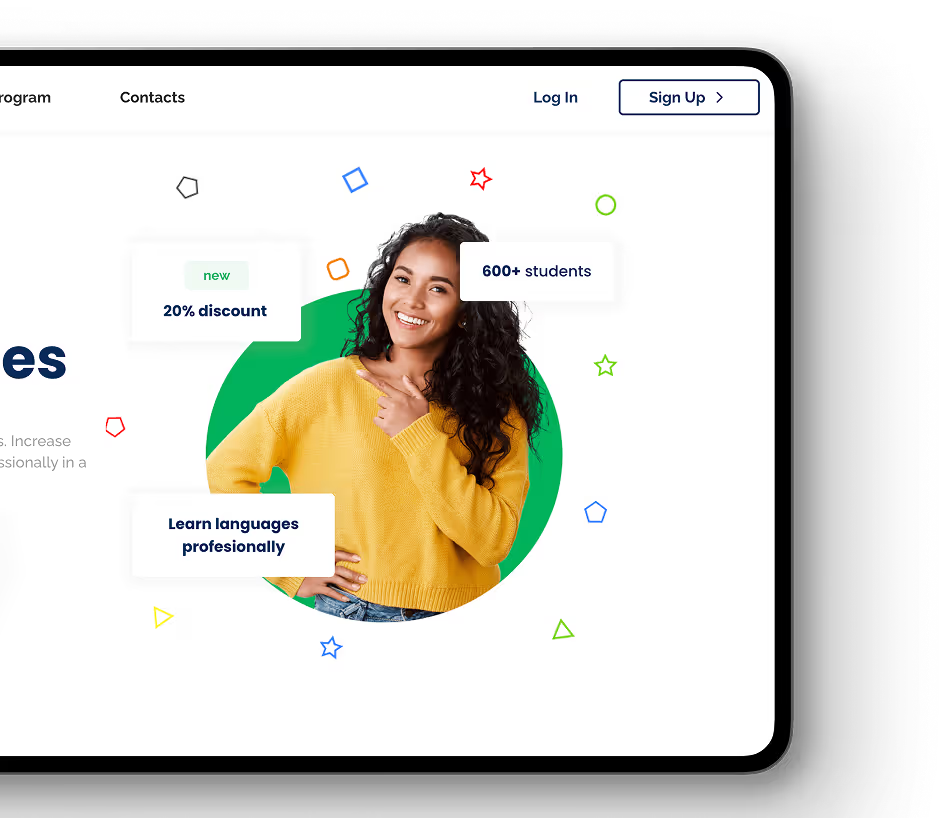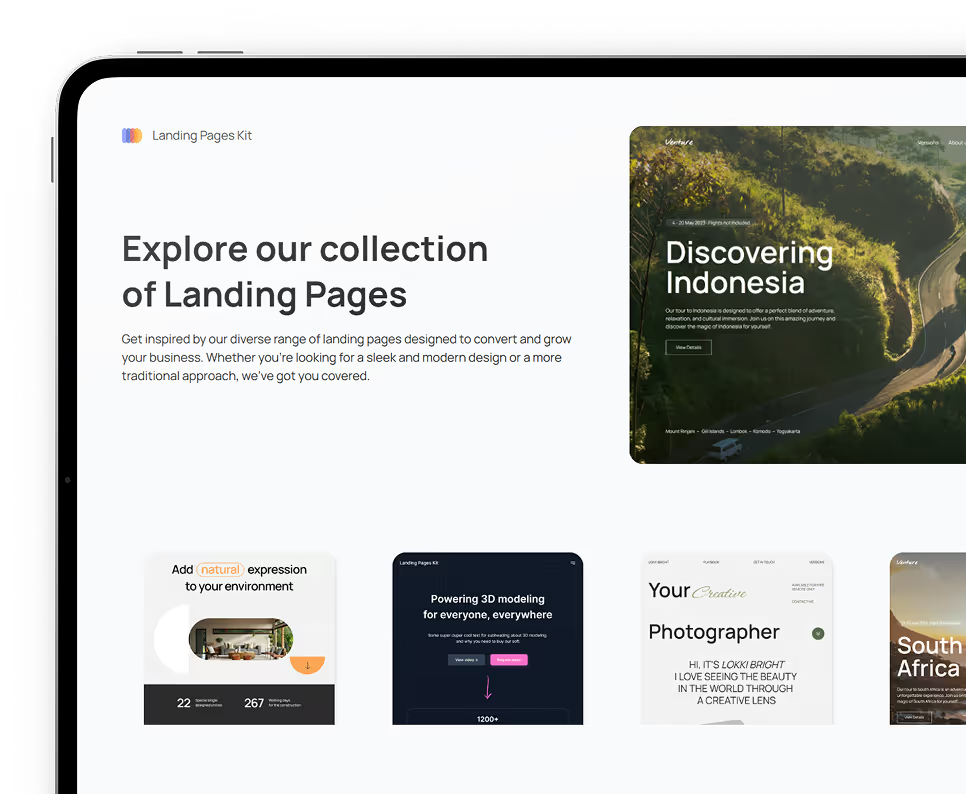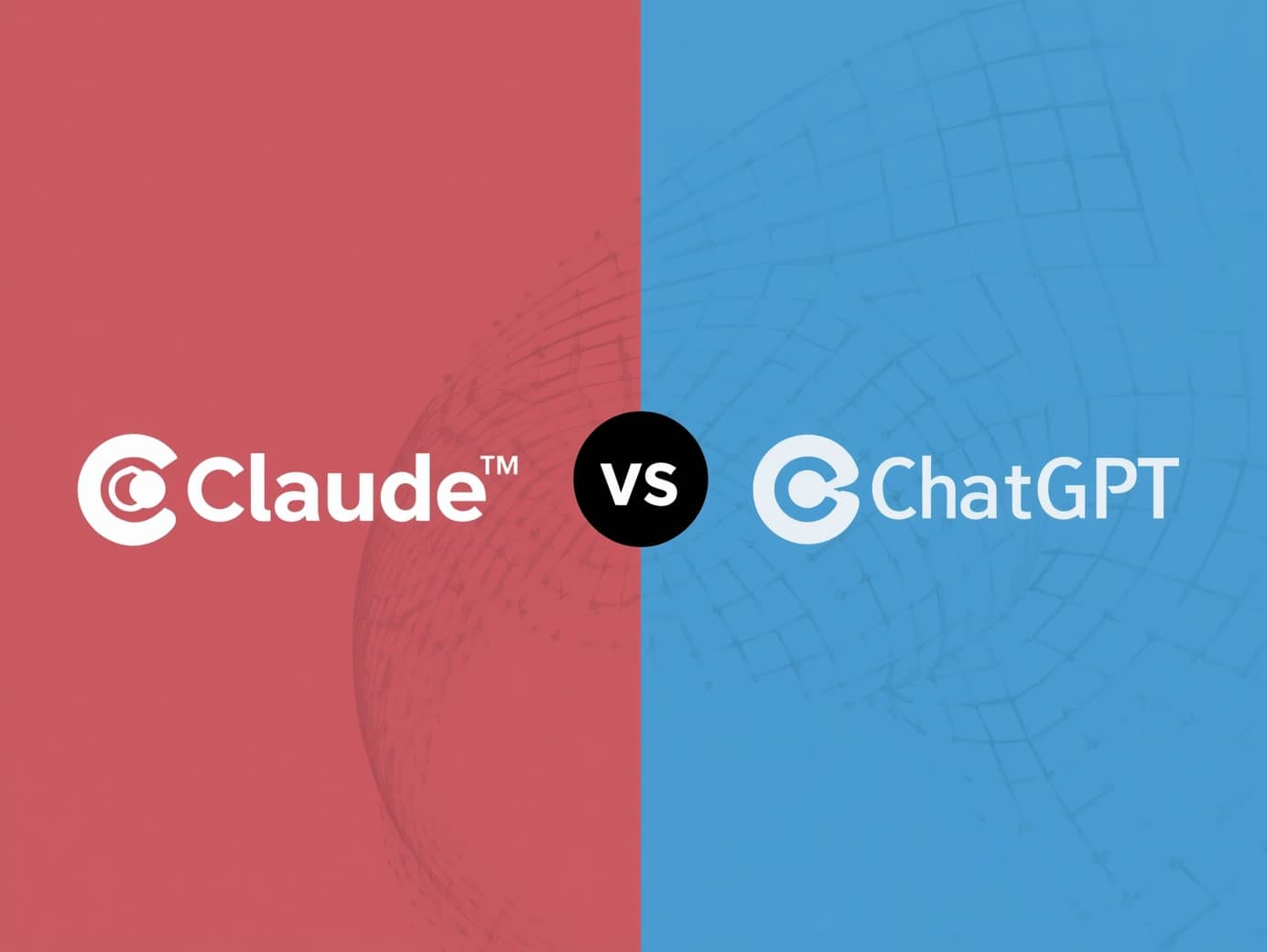April 9, 2024
•
8 mins
min read
iPaaS Explained: Revolutionizing No-Code Bubble SaaS with Seamless Integrations
Discover how embedded iPaaS revolutionizes no-code Bubble SaaS by simplifying data integration platforms and enhancing SaaS integration for businesses.

The Revolutionary Embedded IPaaS Solution
In this article, we'll delve into the world of Embedded iPaaS systems and explore how they can revolutionize the integration capabilities of your No-Code Bubble SaaS, making the seemingly complex task of connecting disparate systems a breeze for both you and your users.
Are you faced with the pressing requirement to allow users to connect their accounts effortlessly within your No-Code Bubble SaaS platform? Do you ponder the intricate process of enabling end users to seamlessly connect to various third-party service accounts, such as Salesforce or HubSpot? The demand for user-friendly, native integrations has become increasingly paramount in SaaS development.
With a wide array of platforms and users, prioritizing an integration-first approach becomes essential to enabling seamless data communication. Let's categorize integrations into two types: backend and user-facing.
Backend integrations involve server-to-server connections for data processing. In contrast, user-facing integrations empower users to connect their third-party tools to the platform through an End-User Authorization process. Here is where Embedded iPaaS simplifies user-facing integrations by providing a pre-built infrastructure within the SaaS platform. It streamlines the process of connecting third-party tools by offering standardized authentication methods like OAuth, saving development time and ensuring seamless.
Simplify Your SaaS Integrations Now — Get in touch to elevate your platform today.
What is iPaaS?
Integration Platform as a Service (iPaaS) is a cloud-based platform that enables organizations to integrate, automate, and manage connections between applications, systems, and data sources. iPaaS facilitates data flow between disparate systems by providing a centralized hub where users can design, deploy, and monitor integration workflows. It typically offers pre-built connectors, data mapping tools, workflow automation, and monitoring capabilities, allowing businesses to streamline their integration processes and improve efficiency.

A couple of common examples of iPaaS platforms are Zapier and Make. These are iPaaS solutions designed to streamline software integration and automate workflows. Zapier provides a user-friendly interface for non-technical users to create automated workflows, known as "Zaps," by connecting different apps through triggers and actions. On the other hand, Make offers more customizable integration capabilities targeted at developers, allowing them to build and deploy complex integrations using APIs and developer tools.
Embedded iPaaS platforms, on the other hand, take a different approach by integrating directly into third-party applications or platforms, which means that integration capabilities are seamlessly embedded within the host application's user interface, providing users with a familiar environment to configure and manage integrations.
What is an Embedded iPaaS?
An Embedded Integration Platform as a Service (Embedded iPaaS) is a software solution that allows developers to embed integration capabilities directly into their applications or platforms.
An embedded iPaaS is simply an iPaaS that can be added directly to your product. It provides tools, APIs, and pre-built connectors to facilitate seamless connection and communication between software systems without requiring extensive custom development; this enables businesses to quickly and easily integrate their applications with other third-party services, improving interoperability and enhancing overall functionality.
As integration requests increase, the challenge lies in efficiently allocating development resources while preserving focus on core product innovation and addressing the pervasive issue of SaaS ecosystem fragmentation, where seamless integration is crucial for customer retention amidst a myriad of available tools.

Understanding the differences between Embedded iPaaS & Traditional iPaaS
Features & Benefits of Embedded iPaaS
Embedded iPaaS solutions simplify the creation of customer-facing, embedded integrations within SaaS applications. Unlike traditional iPaaS, which empowers end-users to construct custom internal integration solutions, embedded iPaaS platforms address fragmentation directly at the application level. By facilitating native integration with other apps, these platforms eliminate end-users need to configure or build workflows independently. Instead, integrated functionalities seamlessly emerge upon authentication via Single Sign-On (SSO) for the various integrated apps, providing users immediate access to integrated capabilities.
Features
- Reduced Context Switching: Users can access and interact with data from multiple sources without leaving the application interface, minimizing the need to switch between tools or systems.
- Streamlined Workflows: Embedded integration allows users to seamlessly perform integration tasks within their existing workflows, eliminating manual data entry or file transfers between systems.
- Improved Productivity: By providing seamless access to integrated data and functionalities, embedded integration enhances productivity, enabling users to accomplish tasks more efficiently within the primary software application.
- Enhanced Adoption: A seamless and intuitive user experience encourages greater adoption of integrated features and functionalities, increasing user satisfaction and loyalty.
Benefits
- Fully Managed Authentication: Every integration, including token refresh, is fully managed, ensuring secure and hassle-free access to connected services.
- Out-of-the-Box Configuration: End-users can easily configure integrations through a user-friendly interface, reducing the need for technical expertise.
- Error Handling and Auto-Retry: Built-in error handling and auto-retry mechanisms ensure robust and reliable integration performance, minimizing disruptions.
- Visual Integration Logic Builder: A visual integration logic builder simplifies the creation of custom workflows with pre-built integrations and API abstractions for added convenience.
- Configured Event Triggers: In-app event triggers get configured and standardized, enabling seamless interaction with integrated services based on predefined events.
- Logging and Monitoring Tools: Comprehensive logging and monitoring tools provide insights into integration performance and facilitate troubleshooting.
- Support/User Management Dashboard: A dedicated dashboard allows for efficient support and user management, ensuring smooth operation and user satisfaction.
Common Examples of Embedded Integration Workflows
Accounting Software Sync
For example, an Embedded iPaaS can enhance your app by allowing users to connect seamlessly with various accounting tools. Users can pull invoices, customer data, expense information, etc., for app use. E-commerce platforms can also be synchronized, enabling automatic sales data and inventory level updates.
Be it CRM integrations to manage customer relationships effectively by syncing customer data and sales orders, expense management tools for automating expense tracking and data entry, or inventory management systems for tracking and order management, an embedded iPaaS can allow for seamless connections between a variety of systems. These examples showcase the versatility of Embedded iPaaS in enhancing and streamlining business operations.
CRM Sync

Maintaining up-to-date customer relationship management (CRM) records is crucial for effective sales and marketing strategies in today's business landscape. With embedded integration workflows, you can streamline data synchronization between your SaaS application and your customers' CRM systems, such as Salesforce or HubSpot.
For example, when a user updates a client's information or completes a sale within your app, this data can automatically reflect in the corresponding CRM records, ensuring consistency and accuracy across platforms.
Similarly, new leads, accounts, or opportunities created in the CRM can seamlessly populate your app, providing users with comprehensive insights and facilitating smoother workflows.
This integration eliminates manual data entry tasks and minimizes the risk of errors, empowering users to focus on driving business growth rather than managing data synchronization.
Bridging No-Code Worlds with Embedded iPaaS
Unlocking seamless integrations between No-code tools like Bubble and Embedded iPaaS streamlines backend processes and paves the way for powerful user-facing integrations, revolutionizing the way users interact with applications. Platforms like Paragon offer excellent seamless integration solutions, ensuring that your application remains scalable and efficient. With Embedded iPaaS, Bubble app developers can effortlessly build and deploy user-facing integrations that enhance their applications' functionality and user experience.
Consider the scenario where users want to connect their third-party tools, such as CRM platforms or messaging apps, directly to their Bubble applications. Embedded iPaaS provides the tools and infrastructure necessary to facilitate these user-facing integrations seamlessly. By leveraging authentication mechanisms like OAuth and API key-based access, developers can implement end-user authorization processes that enable users to grant permissions for accessing data from external services securely.

Moreover, Embedded iPaaS offers out-of-the-box user interface components for configuring integrations, simplifying the setup process for end-users. With intuitive drag-and-drop interfaces and standardized event triggers, users can easily configure integrations without technical expertise. Users can personalize and customize integrations to suit their needs by setting up Slack notifications for important events in their Bubble app or synchronizing customer data between Bubble and their CRM platform.
Furthermore, Embedded iPaaS handles error handling, auto-retry mechanisms, and logging and monitoring tools, ensuring robust performance and reliability for user-facing integrations. This allows developers to focus on designing and delivering seamless integration experiences for their users without worrying about the complexities of backend infrastructure or integration maintenance.
Embedded iPaaS empowers Bubble app developers to build user-facing integrations that enrich their applications' functionality, usability, and overall value proposition. By simplifying the integration process and providing a user-friendly experience, Embedded iPaaS enables developers to unlock new levels of innovation and creativity, ultimately driving user adoption and satisfaction.
Top Applications for Bubble and Embedded iPaaS stack include:
- E-commerce Platforms: Integrate with payment gateways, inventory management systems, and shipping services to create a comprehensive e-commerce solution.
- Customer Relationship Management (CRM) Systems: Connect bubble.io applications with CRM platforms to sync customer data, track interactions, and automate marketing campaigns.
- Marketing Automation Tools: Integrate with marketing automation platforms to streamline lead generation and nurture campaigns and analytics.
- Analytics and Reporting Solutions: Connect bubble.io applications with analytics and reporting tools to track key metrics, generate insights, and visualize data.
- Project Management Software: Integrate with project management tools to streamline collaboration, task management, and reporting within bubble.io applications.
Integrating Embedded iPaaS with Bubble or similar no-code / low-code platforms allows you to create powerful, feature-rich applications that seamlessly connect with external data sources and services, enhancing user experience and business efficiency.
Why Embedded iPaaS is a Must for Your Integration Strategy
Implementing an embedded iPaaS solution can significantly impact customer acquisition and retention by allowing your team to focus on delivering unique product features. It addresses the integration needs of your customers effectively, ensuring your product stays competitive and relevant.
Embedded iPaaS represents a pivotal advancement in how no-code SaaS platforms approach integration. By embracing this technology, developers can provide more value to business users, simplify the integration of various business applications, and enhance overall productivity. If you're looking to elevate your no-code SaaS with efficient, user-friendly integrations, considering an embedded iPaaS solution is a step in the right direction.
If you have any questions or would like to discuss your integration roadmap, feel free to contact us. We'll get back to you as soon as possible!
Ready to Transform Your SaaS Integration? Connect with RapidDev Today!
Ready to kickstart your app's development?
Connect with our team to book a free consultation. We’ll discuss your project and provide a custom quote at no cost!
Latest articles
We put the rapid in RapidDev
Ready to get started? Book a call with our team to schedule a free consultation. We’ll discuss your project and provide a custom quote at no cost!











